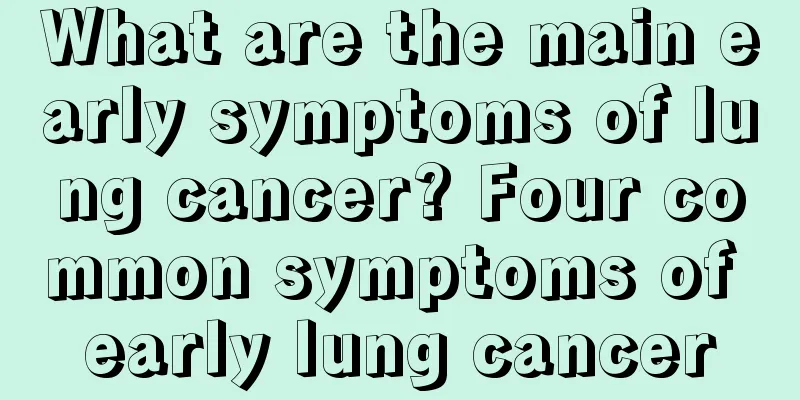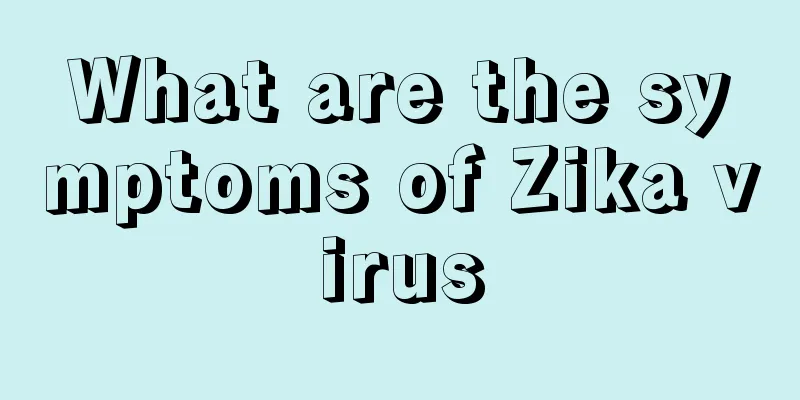Is ear congestion after radiotherapy for nasopharyngeal carcinoma a recurrence?

|
The incidence of nasopharyngeal cancer has gradually increased, causing serious impact on people. There are many treatment methods in modern medicine, and nursing is also very important. There are also many symptoms of recurrence of the disease, so we must understand the treatment that can help the disease. 1. Distant metastasis Hematogenous metastasis is common in NPC, and more than half of the deaths have distant metastasis. Bone metastasis, especially flat bone metastasis, is the most common, followed by liver and lung metastasis. Multiple metastases are common at the same time. ⒉ Nasal symptoms Because the primary cancer breaks through the surface and mucous membrane, bloody mucus appears. When the nasal secretions are sucked back, they often contain blood or blood clots. This is more common in the morning and is one of the early symptoms. In the late stage, when the cancer ulcerates, there may be purulent mucus or blood clots, which may cause heavy bleeding that is difficult to stop and may even be life-threatening. In the early stage, there is usually no nasal congestion. When the cancer blocks the posterior nostril, it may cause unilateral or bilateral nasal congestion. 3. Cervical lymph node metastasis It is often the first physical sign discovered by the patient. Neck mass accounts for about 60% of the first symptoms of this disease. If the primary cancer is located on one side of the nasopharynx, it usually metastasizes to the cervical lymph nodes on the same side first, and then invades the opposite side. The enlarged lymph nodes are usually the deep lymph nodes above the internal jugular vein, below the mastoid tip at the posterior edge of the sternocleidomastoid muscle of the neck and behind the mandibular angle. Later, the lesions gradually spread downward, involving the deep middle and lower cervical lymph nodes and supraclavicular lymph nodes. The neck mass grows very fast and can be as big as a fist. Most of them are painless. If the tumor has infiltrated the soft tissue of the neck or the swelling is very severe, neck pain may occur. During the examination, the neck mass is usually hard and has a small nodular surface. It is difficult to move because of the adhesion with the surrounding area. It can fuse with each other to become a huge mass on the whole side of the neck. 4. Ear symptoms When the lateral wall of the nasopharynx or other parts of the nasopharynx are enlarged and block or compress the Eustachian tube, catarrhal otitis media often occurs, causing tinnitus, ear blockage and hearing loss, or accompanied by tympanic effusion. 16% of patients have conscious ear symptoms. 5. Cranial nerve symptoms The cancer can invade the skull through the foramen of the skull base above the pharyngeal recess. Over time, the skull base bone is destroyed and the lesion expands. It often invades the V and VI cranial nerves first, and then the IV, III and II cranial nerves. After the V cranial nerve is damaged, the patient feels a severe headache on one side, facial numbness, mandibular deviation to the affected side, difficulty chewing, and disappearance of corneal and mandibular reflexes. In cases where the VI cranial nerve is invaded, the lateral rectus muscle on the affected side is paralyzed, the eyeball is in an esotropia position, and there are symptoms of diplopia. If other cranial nerves are also invaded, there may be symptoms such as loss of vision, fixed eyeballs, and various movement disorders. The tumor can directly invade the parapharyngeal space or, through compression by metastatic lymph nodes, cause damage to the IX, X, and XII cranial nerves, resulting in symptoms such as soft palate paralysis, choking, hoarseness, and tongue deviation. Through the above understanding, we know some recurrence symptoms of snuff cancer. We hope that everyone will actively cooperate with the doctor's treatment, carry out scientific and reasonable care, and conduct relevant examinations regularly to avoid recurrence of the disease. |
<<: How to treat pancreatic cancer recurrence after 5 years
>>: Is the recurrence rate high two years after radiotherapy for nasopharyngeal carcinoma?
Recommend
6 ways to test whether you have hemorrhoids
Do you know how to test yourself to see if you ha...
What to eat if you have testicular cancer
Testicular cancer is becoming more and more commo...
What is the blood test for when you are pregnant?
We have all had the experience of having a blood ...
Skin cancer symptoms and care
Most people lack the corresponding understanding ...
There are these differences between rice cookers and electric rice cookers. Do you know them?
Electric rice cookers and rice cookers are both i...
What should nasopharyngeal cancer patients eat during the recovery period
We usually overeat as a bad eating habit. During ...
What is the best treatment for lung cancer? Several best treatments for lung cancer
Facing lung cancer, I hope lung cancer patients c...
The best treatment for pubic lice is to master these principles
Pubic lice are a common male disease. They are ca...
Healthy height and weight ratio table
Nowadays, parents are very worried about whether ...
What are the symptoms of infection after induced abortion?
For women who have an unexpected pregnancy, if th...
What is the correct posture for having sex to prepare for pregnancy?
When men and women are preparing for pregnancy, t...
What is the best material for pillow core
What is the best material for pillow core? I beli...
How to use the essence
We may often see essence in our lives. It is a su...
What is the best way to treat external hemorrhoids?
External hemorrhoids are actually a kind of disea...
What are the symptoms of colon cancer and how to diagnose it?
http://www..com.cn/zhongliu/jca/(1) Abdominal pai...









